Subdivision Pezizomycotina Scientific name Clavicipitaceae | ||
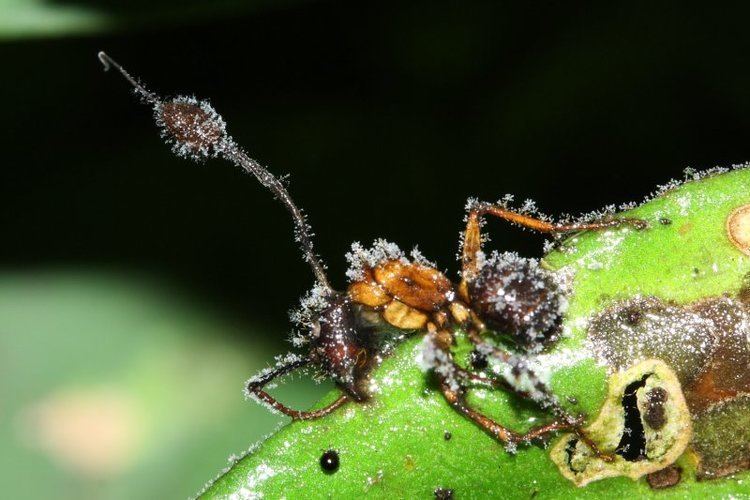 | ||
Lower classifications Ergot, Metarhizium anisopliae, Epichloë coenophiala | ||
Clavicipitaceae fungi kingdom
The Clavicipitaceae are a family of fungi within the order Hypocreales. A 2008 estimate placed 43 genera and 321 species in the family.
Contents
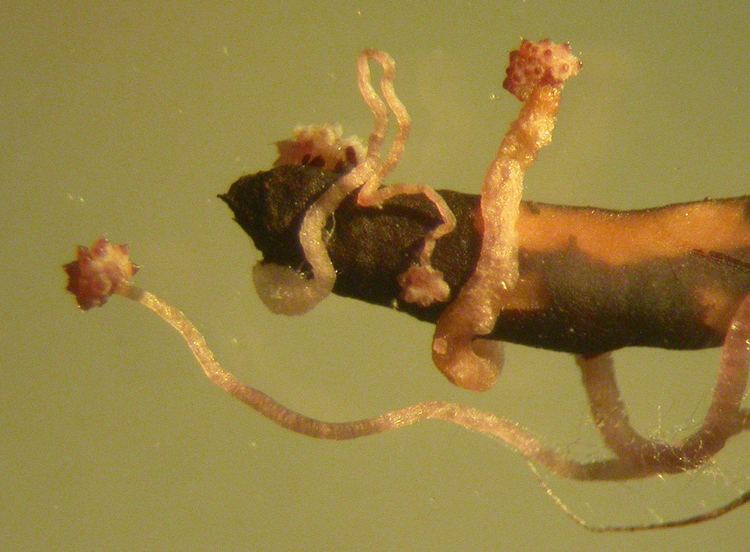
Phylogeny
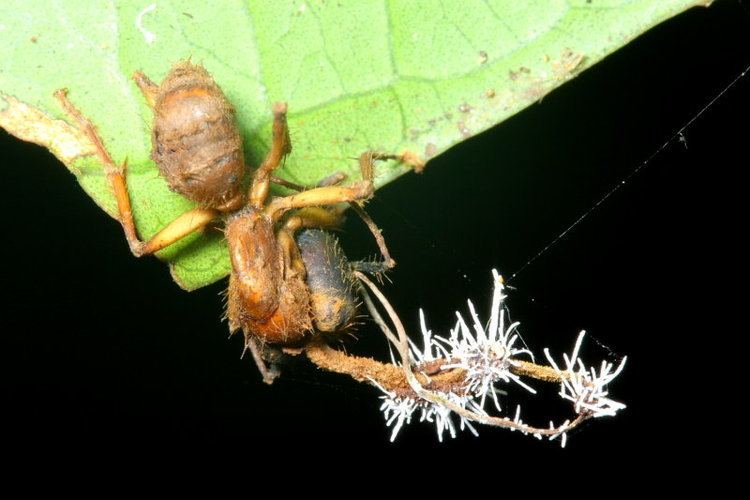
Molecular phylogenetic analysis of multigene DNA sequence data indicates the taxon Clavicipitaceae is paraphyletic, and consists of three well-defined clades, at least one of which is shared with members of another fungal family (Hypocreaceae). The evolution within the Clavicipitaceae is marked by interkingdom host jumping, and the range of this large and heterogeneous fungal group spans mutualistic plant symbionts, as well as parasites of plants, insects, and other fungi.
Significance
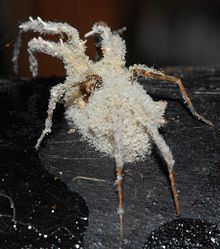
Many of its members produce alkaloids toxic to animals and humans. One of its most infamous species is Claviceps purpurea, which has historical significance as the cause of St. Anthony's fire, also known as ergotism. Ergotism is caused by ergot alkaloids, such as ergotamine and ergocristine, which are chemical derivatives of lysergic acid. Metarhizium species are widely used in the biological control of insect pests.
Genera
Teleomorphic genera (having a known sexual cycle)
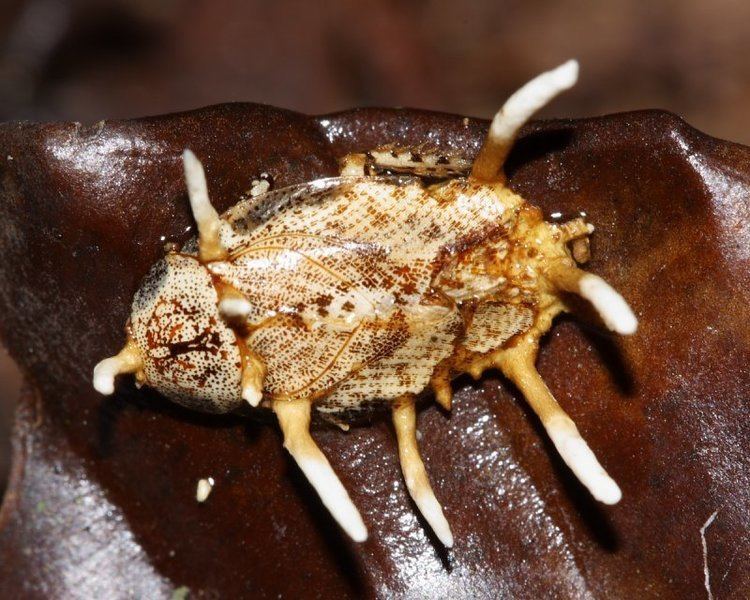
Aciculosporium – Ascopolyporus—Atkinsonella—Atricordyceps—Balansia – Berkelella – Cavimalum – Cepsiclava – Claviceps – Cordycepioideus – Dussiella – Epichloë – Epicrea – Helminthascus – Heteroepichloë – Hypocrella – Konradia – Loculistroma – Metacordyceps – Moelleriella – Mycomalmus – Myriogenospora – Neobarya – Neoclaviceps – Neocordyceps – Parepichloë – Phytocordyceps – Podocrella – Regiocrella – Romanoa – Shimizuomyces – Sphaerocordyceps – Stereocrea – Villosiclava – Wakefieldiomyces
Anamorphic genera (having no known sexual cycle):
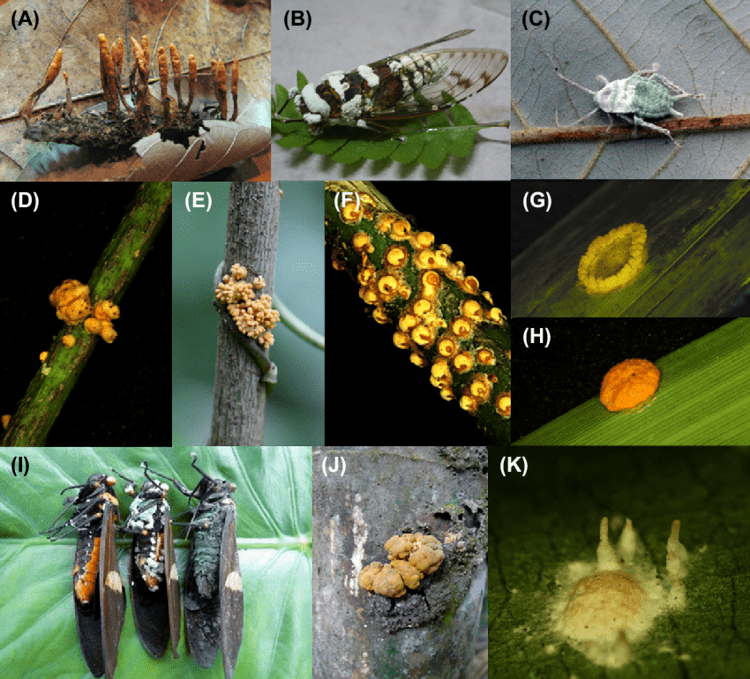
Aschersonia – Beauveria – Corallocytostroma – Culicinomyces – Drechmeria – Ephelis – Gibellula – Haptocillium – Harposporium – Hirsutella – Hymenostilbe – Mariannaea – Metarhizium – Neomunkia – Neotyphodium – Nomuraea – Paecilomyces – Pochonia – Polycephalomyces – Pseudogibellula – Simplicillium – Sorosporella – Ustilaginoidea
